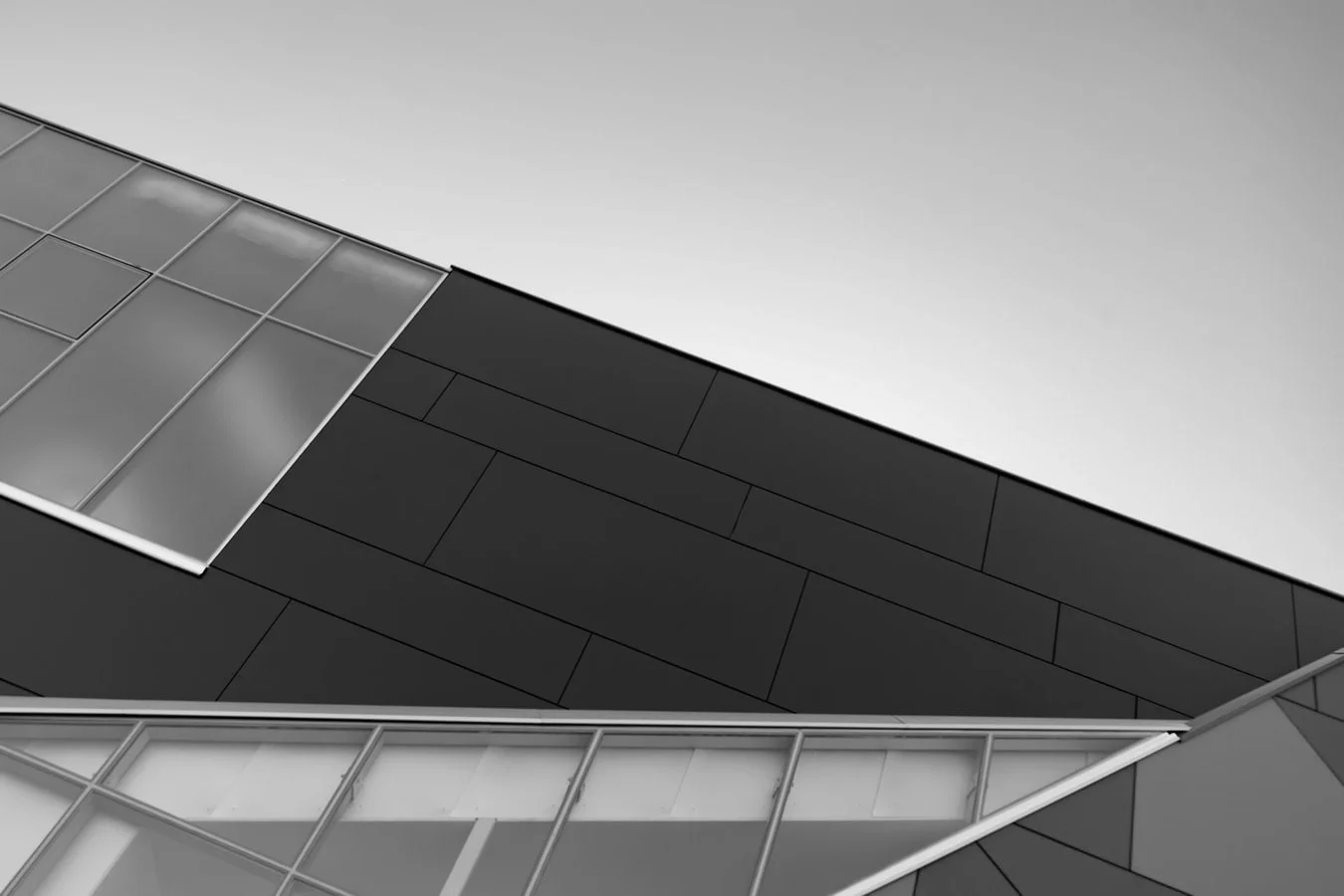Combustible cladding and Australia’s “Cladding Crisis”
WHAT IS CLADDING?
Cladding is the material that covers or forms the outer façade of a building. Traditionally, the exterior finishing on buildings has been limited to a few different kinds including masonry, brick and concrete panel. However, over the last 20 years, advancements in material science and the innovation of manufacturing processes have created new cladding materials. They give developers and architects more visual variety and are often more affordable or accessible than their traditional counter parts.
THE PROBLEM
Whilst these new technologies have improved the appearance and affordability of cladding products, some of these materials are proven to be quite combustible. This poses an unacceptable risk to building users.
We’ve recently seen the effects of such flammable materials in the devastating Grenfell Tower fire in London and Lacrosse in Victoria. The Aluminium Composite Cladding used in these instances is typically comprised of two aluminium sheets joined to a thermoplastic core – a substance that is highly flammable and had devastating effects for the buildings in question.
These events raised the question around the use of safe cladding around the world. In Australia it prompted a change in legislation concerning the use of external façade elements in New South Wales, Victoria and Queensland. Whilst the specifics vary from state-to-state, the intended outcome remains the same; to remove the risk posed by combustible cladding products from Australia’s building stock.
DOES IT AFFECT YOU?
Councils across Australia are now able to enforce this new legislation, and many are sending out a document (often called a ‘Notice of Intention”), asking you to investigate your building’s cladding from a fire safety perspective. Insurers are also onto the issue, with some asking for more information to assess the risk profile of your building.
Regardless of whether you receive a formal request from a governing authority, should you suspect you have Aluminium Composite Cladding it’s important to investigate further. Unless you have in-house fire engineering capability, it is best to engage a fire safety engineer to undertake an assessment.
WHAT CAN WE DO TO HELP?
We’re lucky to have a team of fire safety and materials specialists that can undertake a full façade risk assessment. The assessment is split into three stages and in line with proven assessment techniques detailed by Engineers Australia, the International Fire Engineering Guidelines and the Society of Fire Protection Engineers.
Stage One – Desktop and documentation review
Throughout the first stage of the assessment we will collate and review relevant building documentation to help us understand how your building is used, its fire protection measures and compliance with various standards and building codes. We review documents such as:
• Previous Fire Engineering Reports
• Buildings plans
• Annual Fire Safety Statements
• Industry reference guidelines
• BCA reports
• National Construction Code
This will give us all the information we need to successfully gather, test and analyse the samples we take in stage 2.
Stage 2 – Onsite Investigation
In stage two of the assessment, one of our Fire Safety Engineers will visit your site.
It is common (and often necessary) to take multiple samples - sometimes from different areas of the building to be tested. It is important to note that the collection of these samples will leave a hole in the wall (approx 3.5cm in diameter) so should you have any concerns or queries then it is important to discuss them with the Engineer prior to the investigation.
The Engineer will then conduct a non-invasive visual inspection to understand the impact any combustible cladding may have on the building and current fire safety systems. The samples are then sent to our laboratory, where we wait for the results.
Stage 3 – Results reporting
Once we receive the results from your sample testing back, our fire and materials engineers will compile them into a façade investigation report. This document outlines the results of your samples, and what that means in terms of your fire safety strategy. We will then look at your other fire safety protection measures in your fire safety strategy and compile a full façade risk assessment.
This document will outline where compliance is or is not achieved in your building. Where it is not achieved, it will detail our recommendations for removal, remedial works or performance solutions to achieve complete compliance.
DOES COMBUSTIBLE CLADDING NEED TO BE REMOVED?
Removing and replacing cladding is a complex, costly and disruptive process. As such, we’re often asked whether there is anything building owners can do to minimise fire risk and achieve compliance without removing the cladding. This depends on many factors including the type of building, amount and placement of cladding and the results of the combustibility testing.
In many high-rise buildings (particularly residential, where people are sleeping), even small amounts of cladding can severely impact the safety of buildings user in a fire emergency. However, in low-rise or low-risk buildings, there may be other changes we can make to your fire safety strategy that will ensure the building users safety with less disruption. Your fire safety engineer will give you an understanding of your options so you can make the best decision for your building users, building and organisation.
Have you received a notice of intention (or similar)? Do you need guidance throughout the façade assessment process?
Contact us today to discuss how we can help you create a safe and compliant building.



